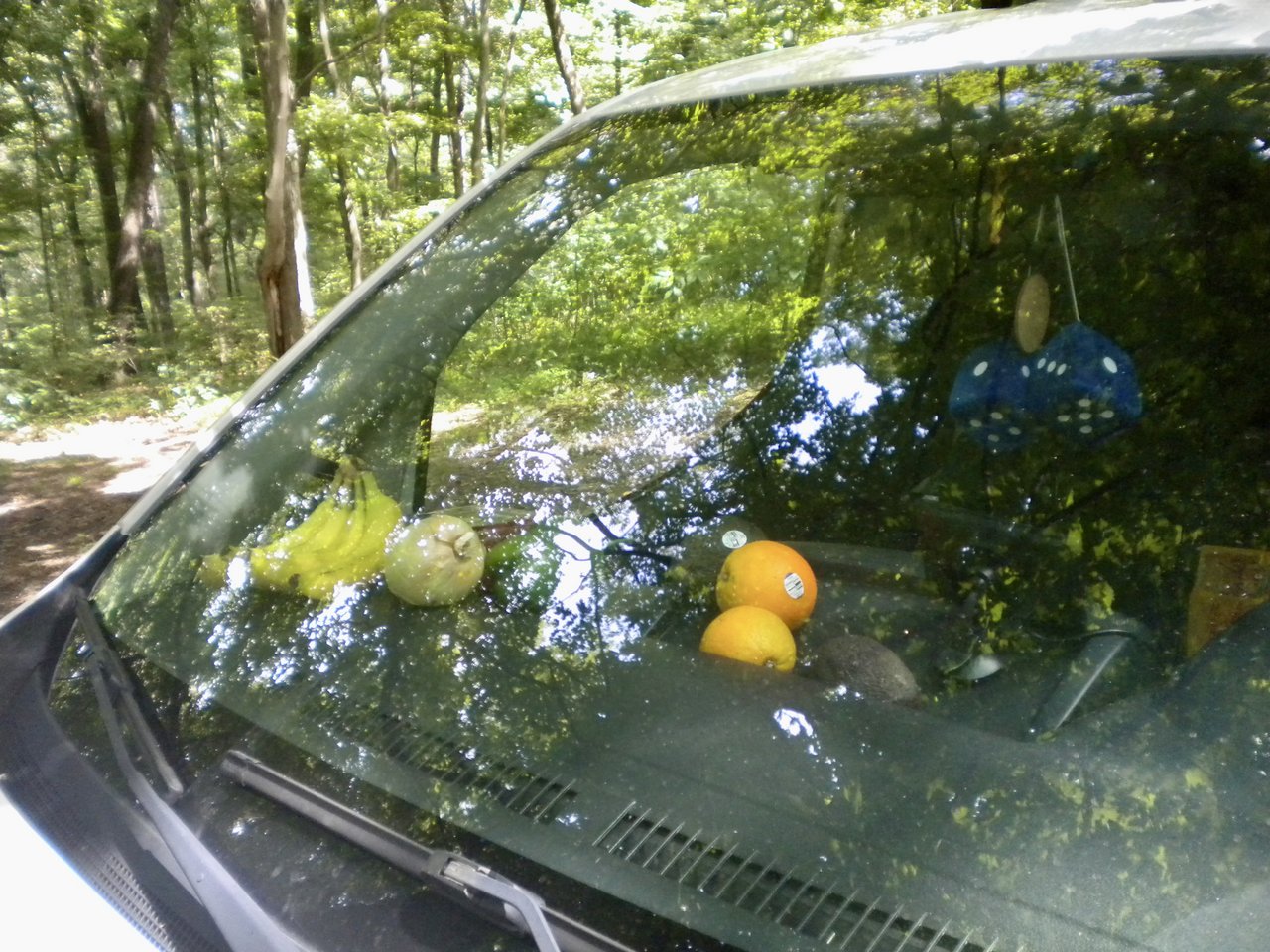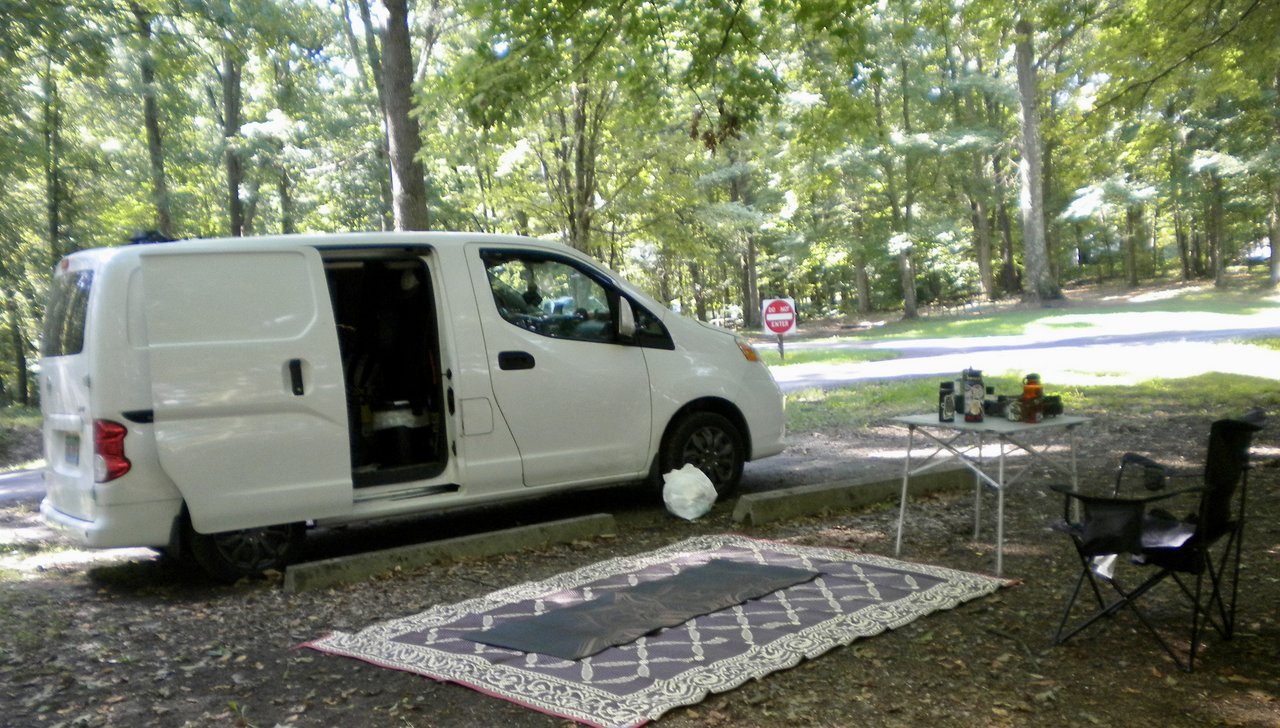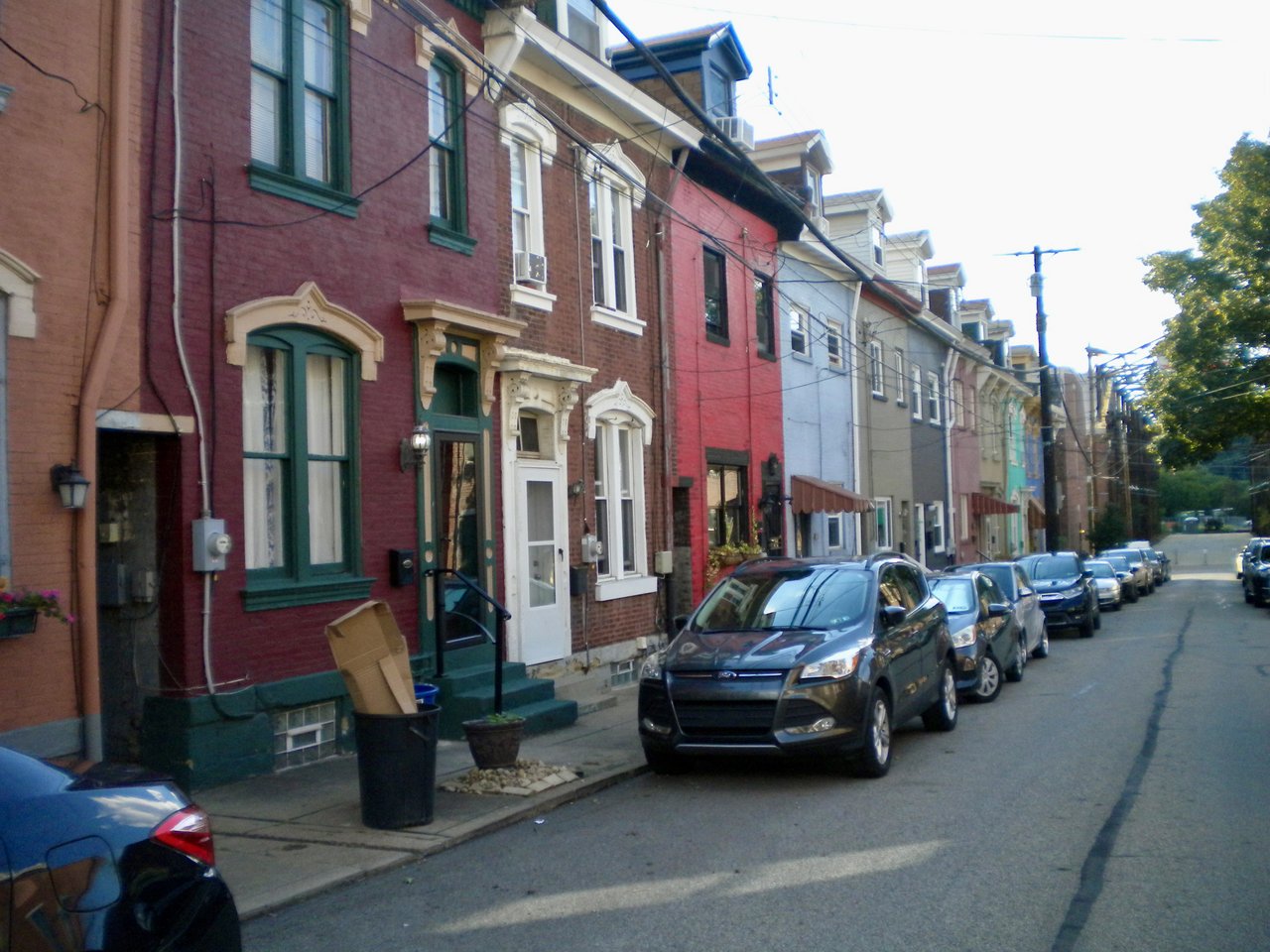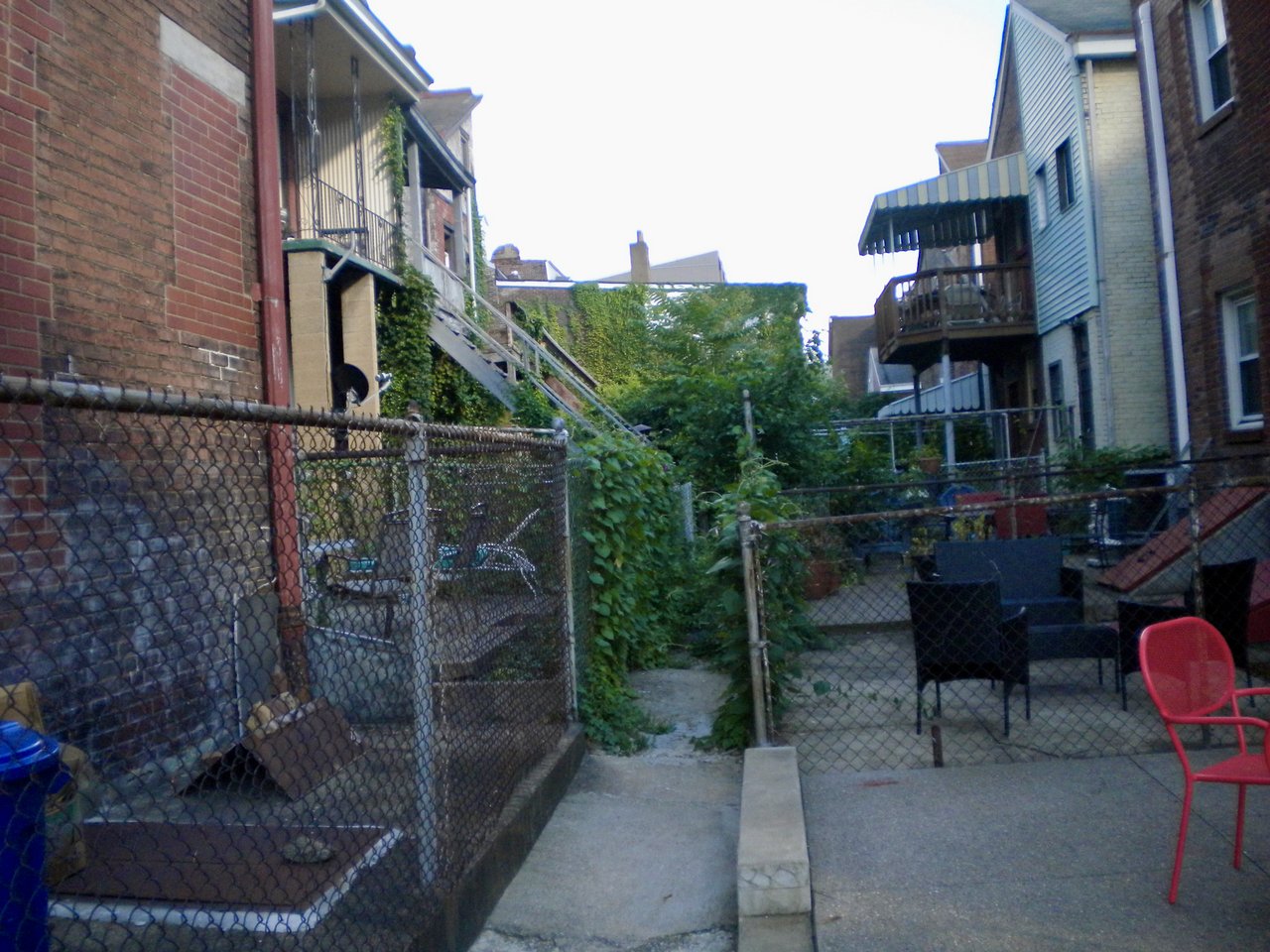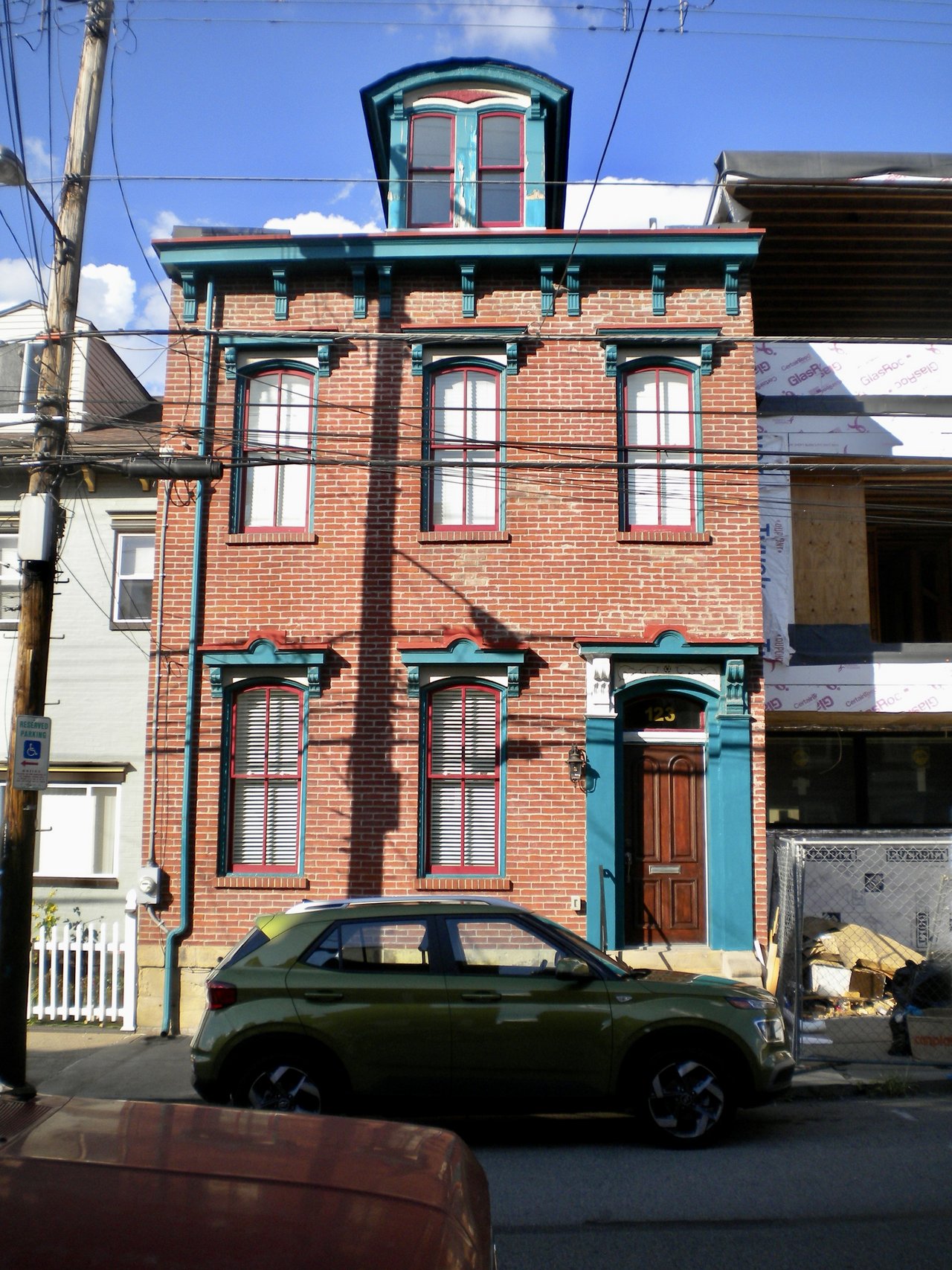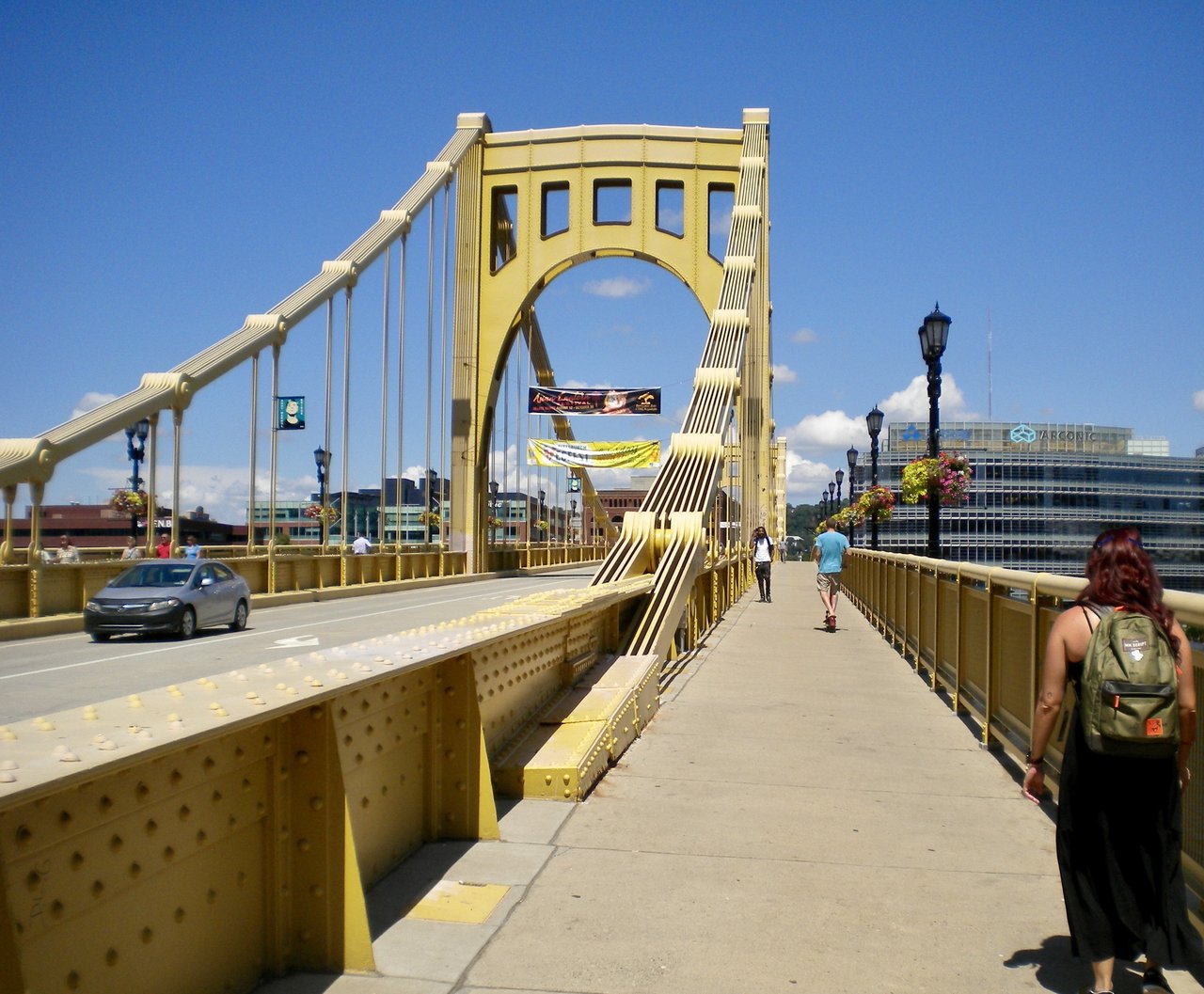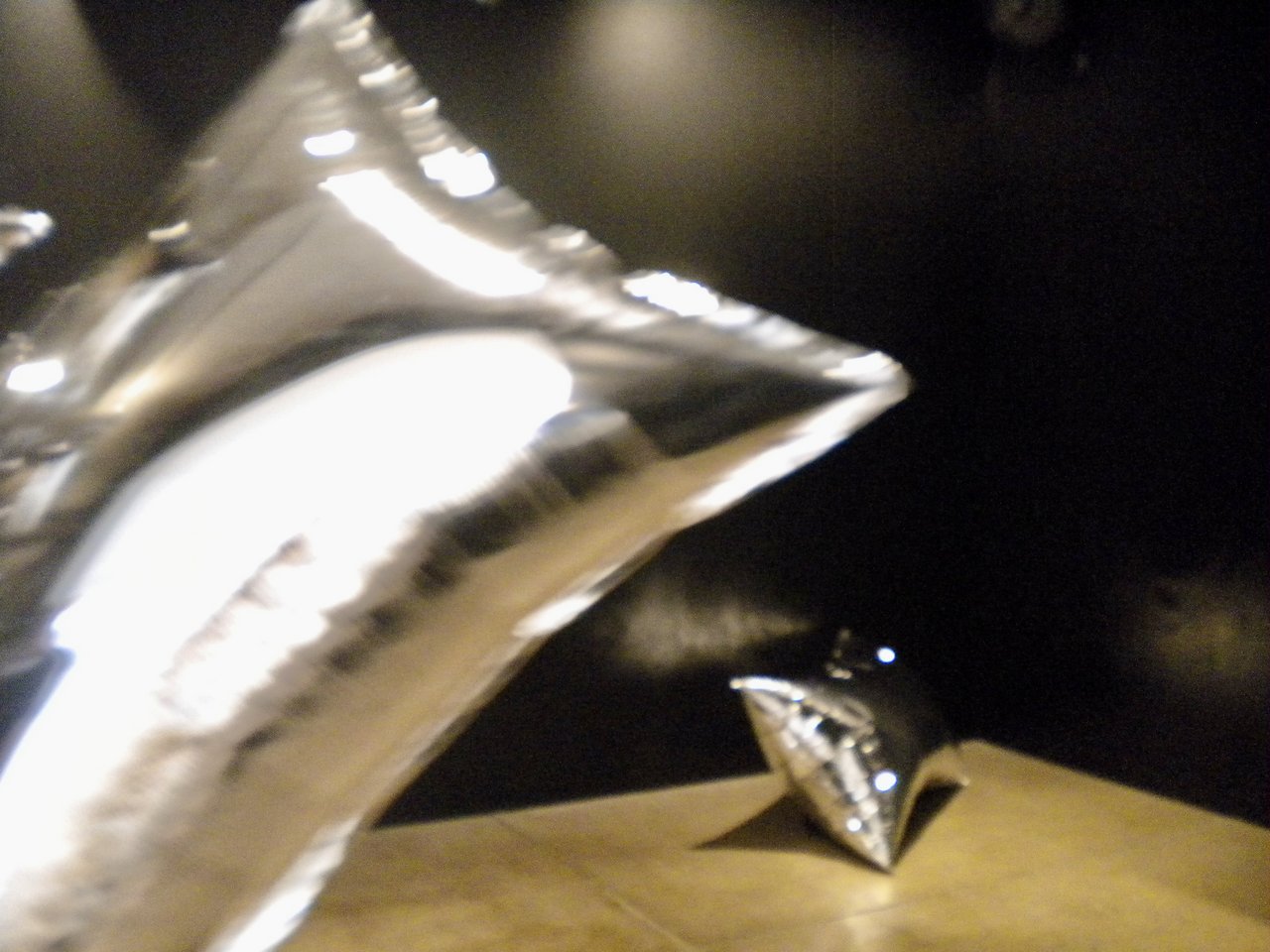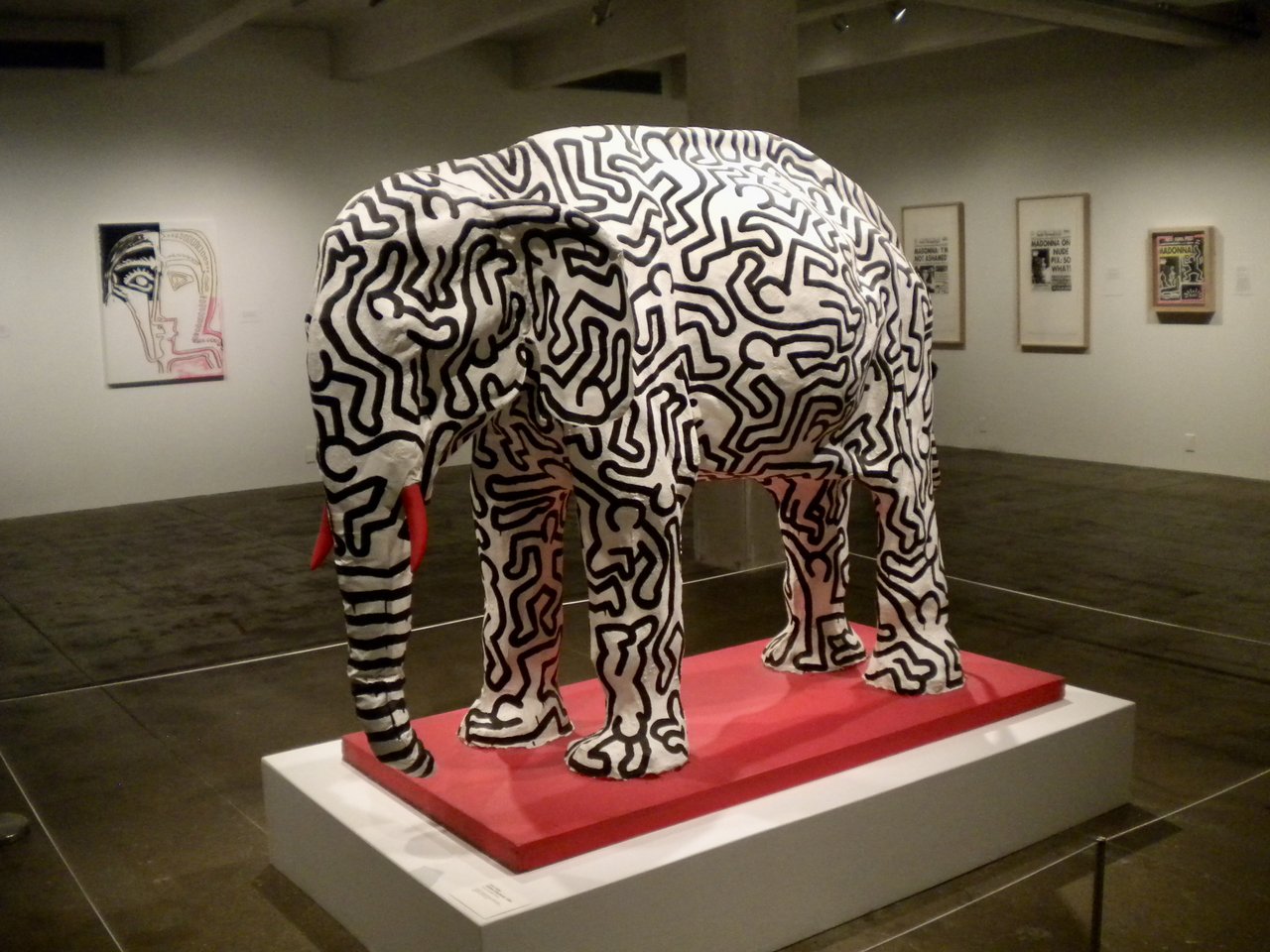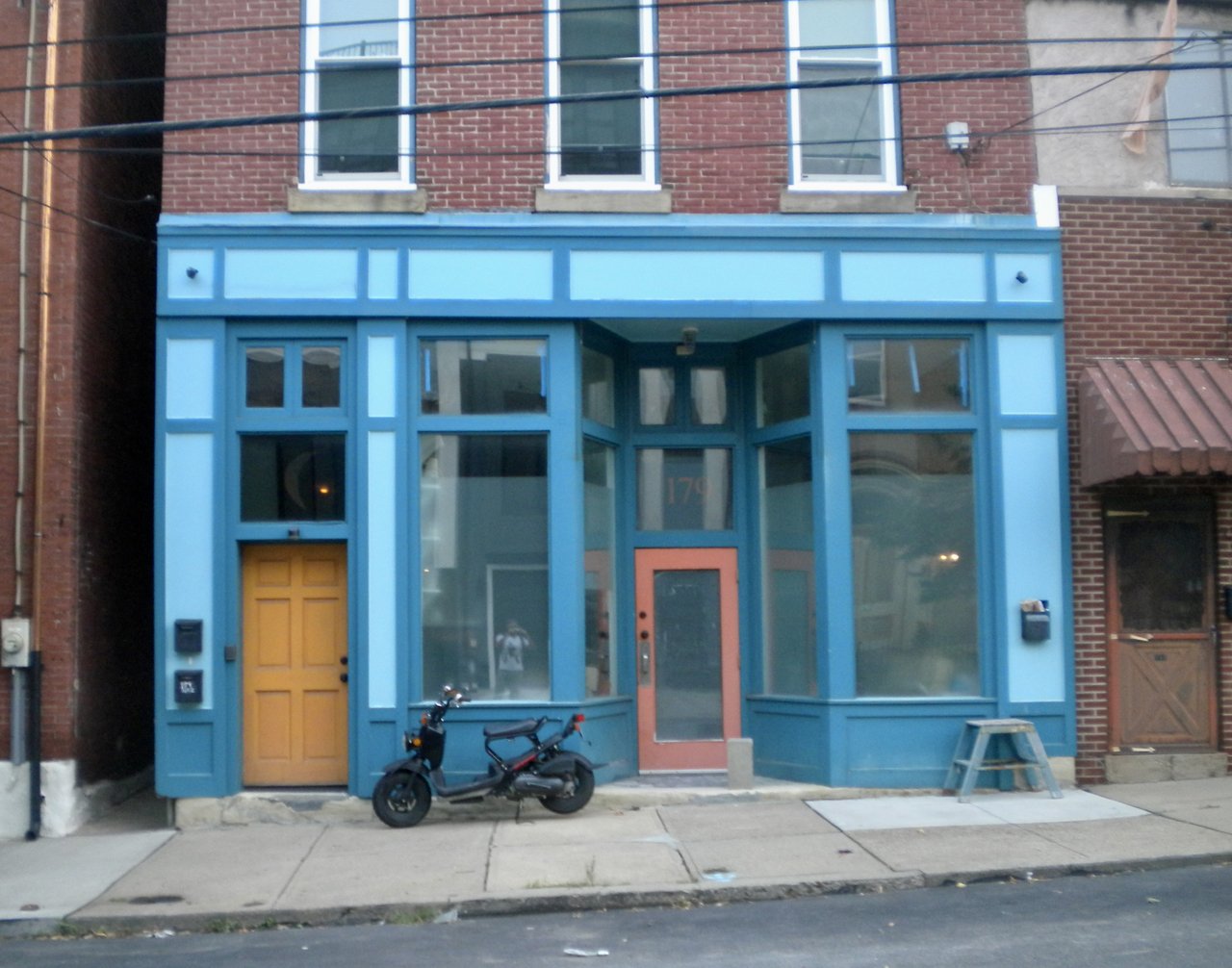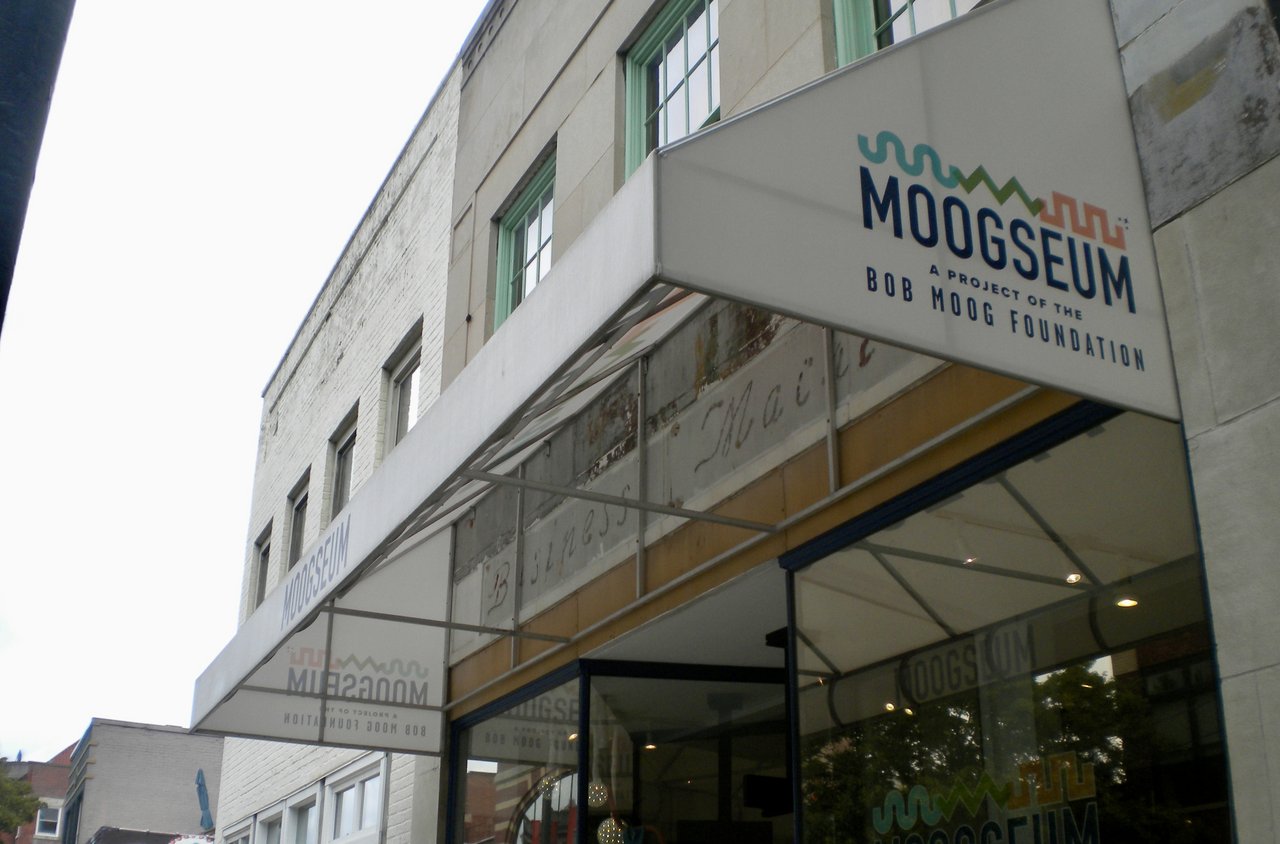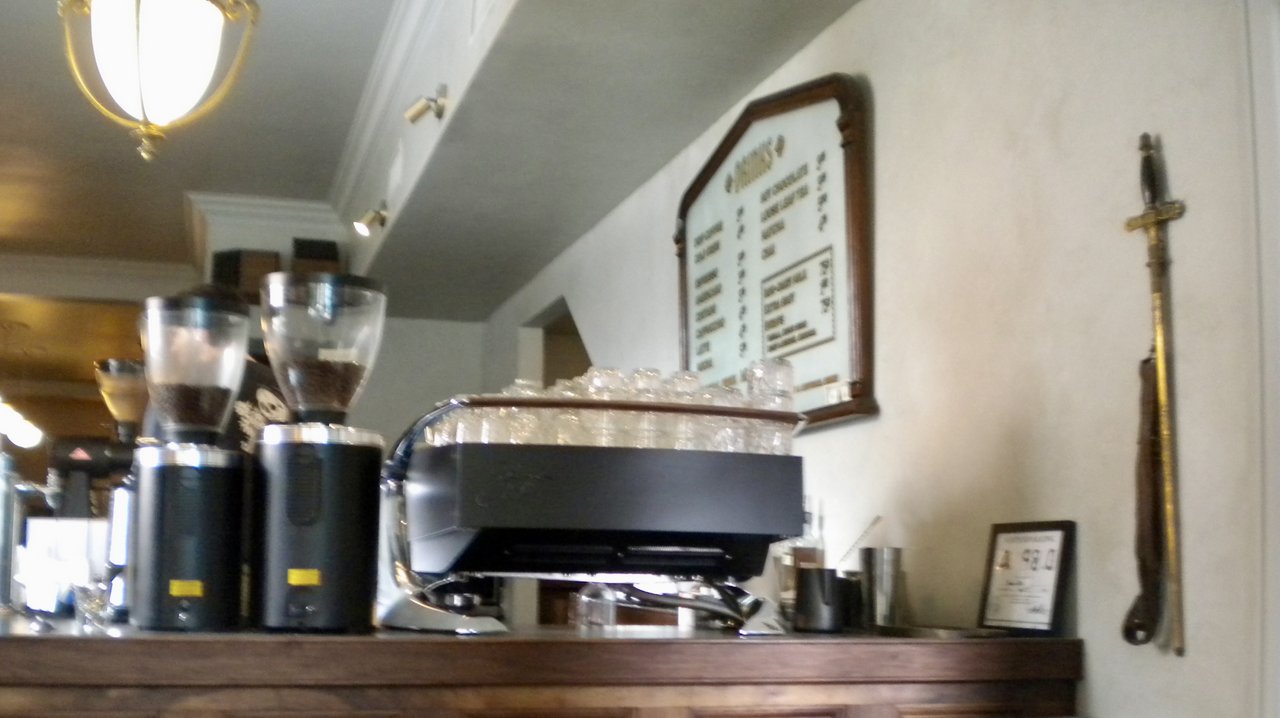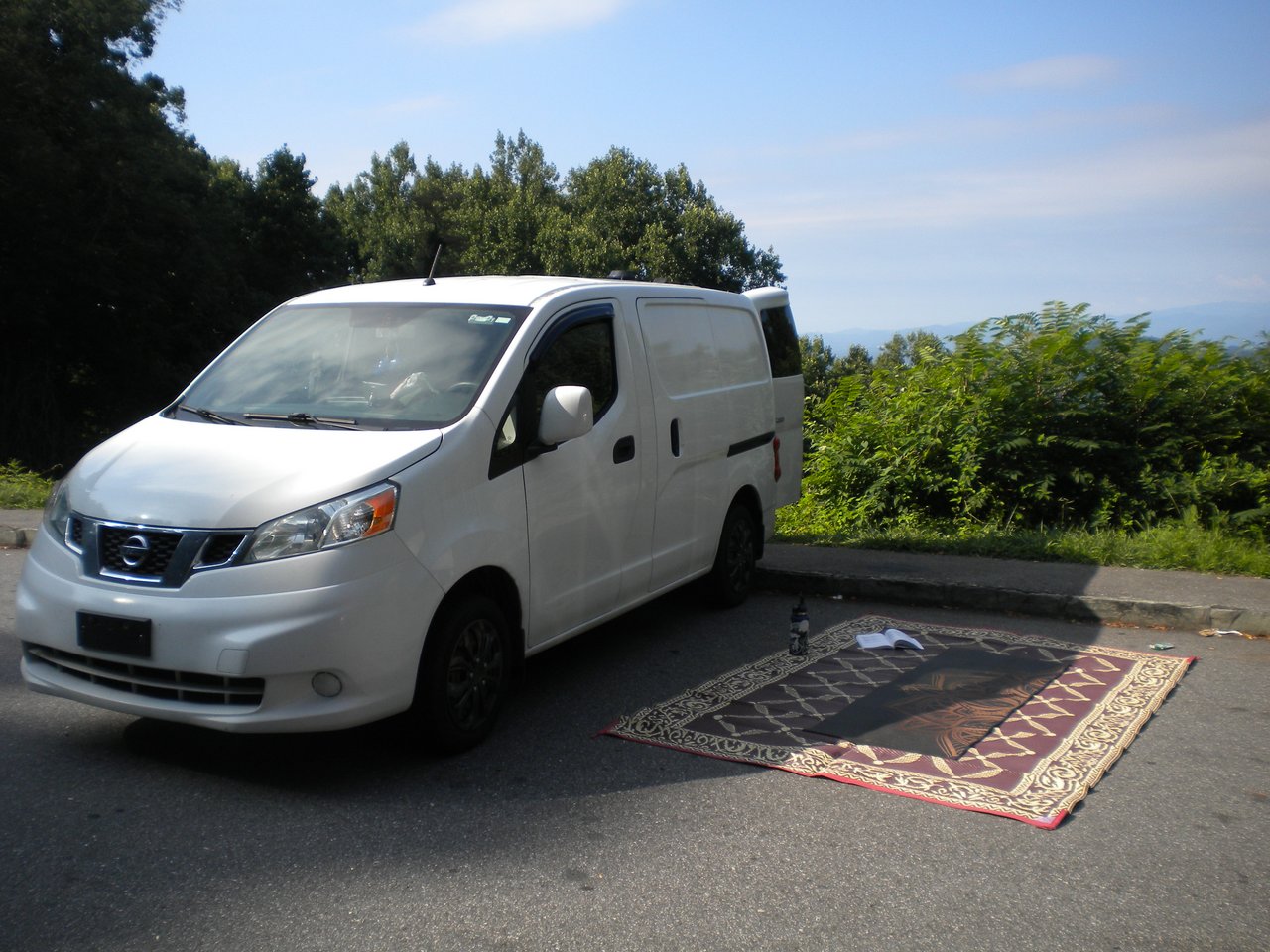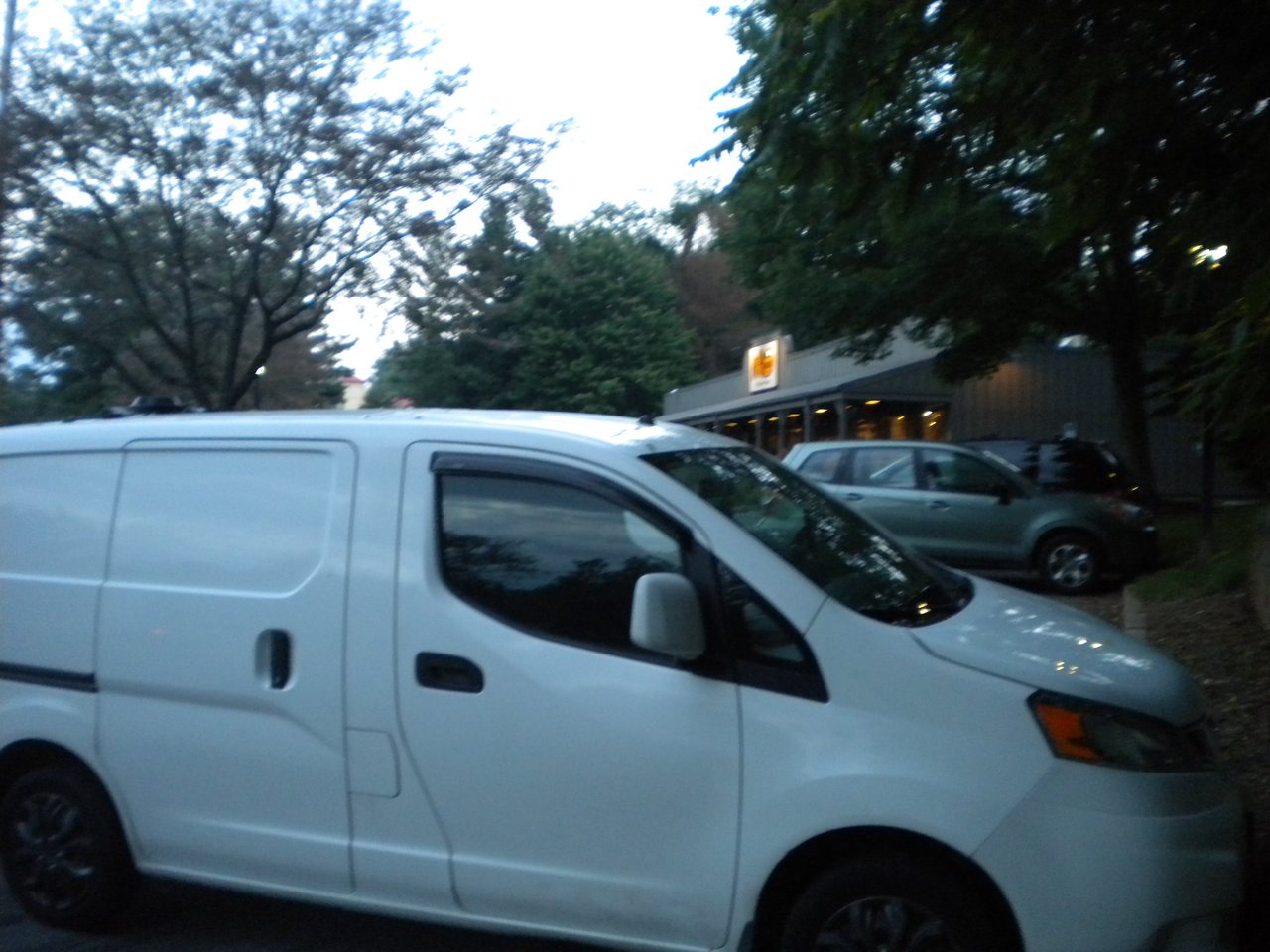57 varieties of Pittsburgh history
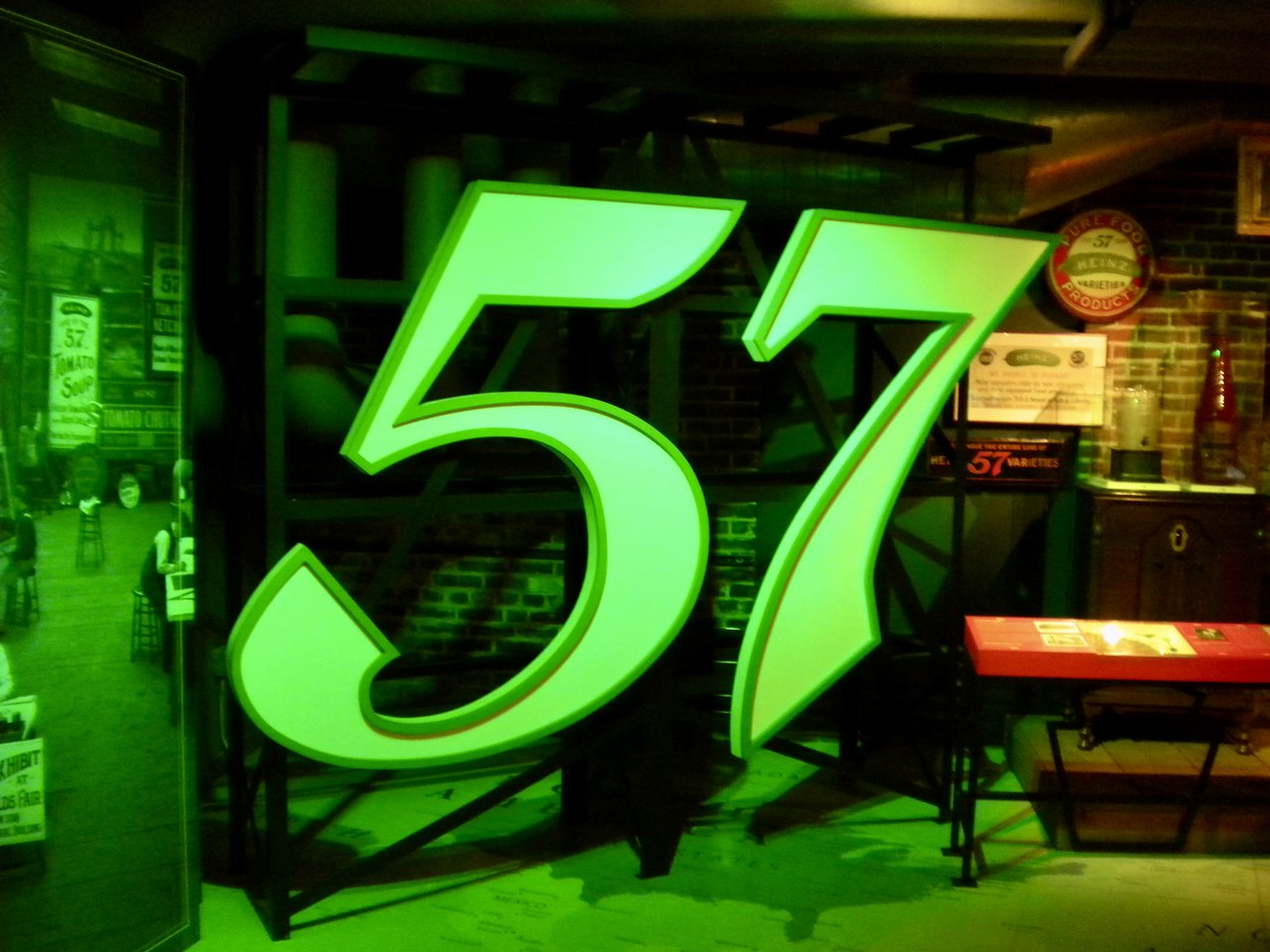
I came to Pittsburgh with a single goal: To visit the Andy Warhol Museum. Beyond that, I wasn't sure what my time here would be like or if I'd even enjoy it. Almost a week in, I've grown quite fond of it here.
I can't remember where, but somewhere in my research about Pittsburgh I read that the original set of Mister Rogers' Neighborhood was on display at the Senator John Heinz History Center. Being that I grew up on a steady diet of Fred Rogers alongside Sesame Street, Fraggle Rock, and Eureka's Castle, I knew I wasn't going to be able to leave Pittsburgh without paying respect to such an icon of children's entertainment and education.
I spent the morning writing at the lovely cafe on Butler Street that's slowly become my second home during my stay here. The locals murmered about how it was unseasonably cold outside. I felt a sense of gratitude for that fact, as I sauntered around the neighborhood in a black shirt-jacket and jeans, feeling more like myself in a full ensemble of clothing than I had in months in the sweltering and unending Florida heat.
I left the cafe and boarded the 91 bus toward downtown. The heat had started to pick up at the bus stop and an older man with a cane stood beside the trashcan on the street corner flicking his cigarette.
I pulled the cord and got off at 12th and Liberty. At first I wasn't sure where I'd find the museum, but the giant ketchup sign revealed itself soon enough. I walked around the building and found the entrance:
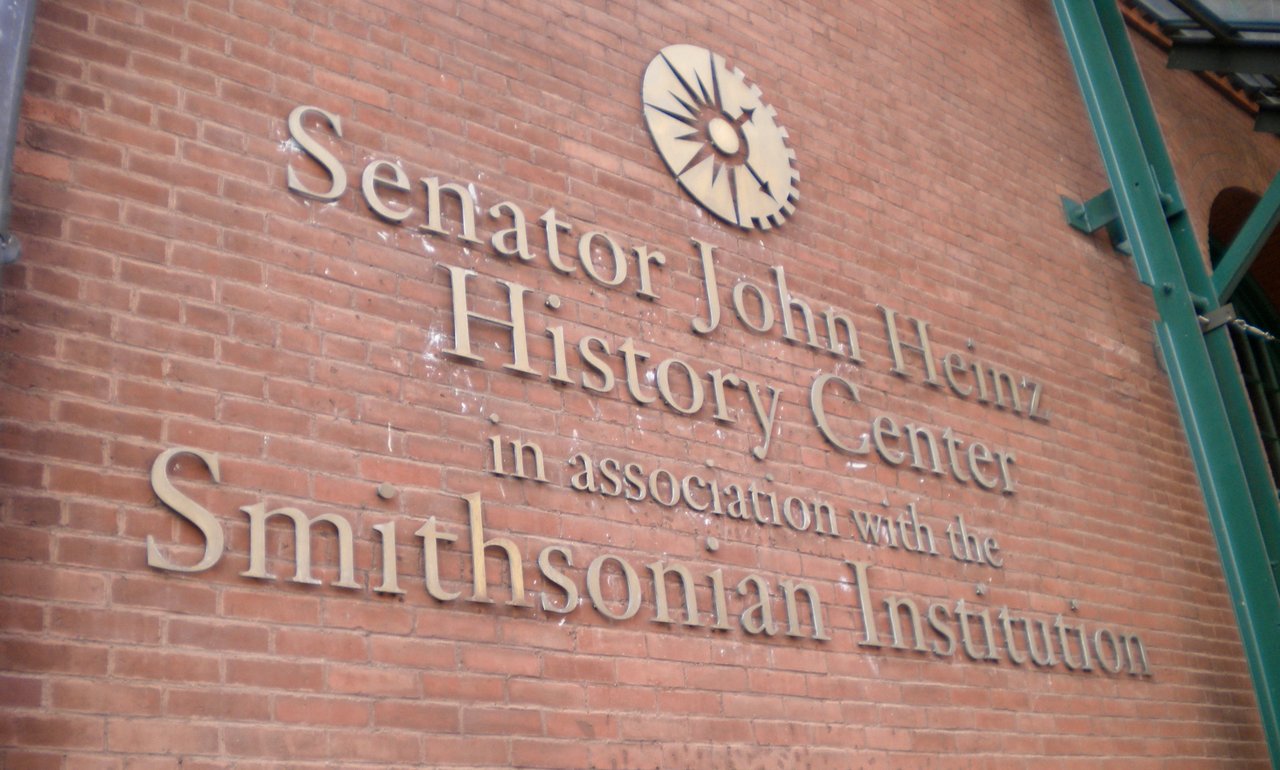
I walked in, paid my admission, and made my way up the stairs to the first exhibits. First was an exhibit on Pittsburgh sports, which admittedly I skipped since, you know, I love sports.
Then there was an exhibit about innovation in Pittsburgh. A couple reproductions of postwar households caught my eye, since they attempted to portray the rise of consumerism in America after the Second World War:
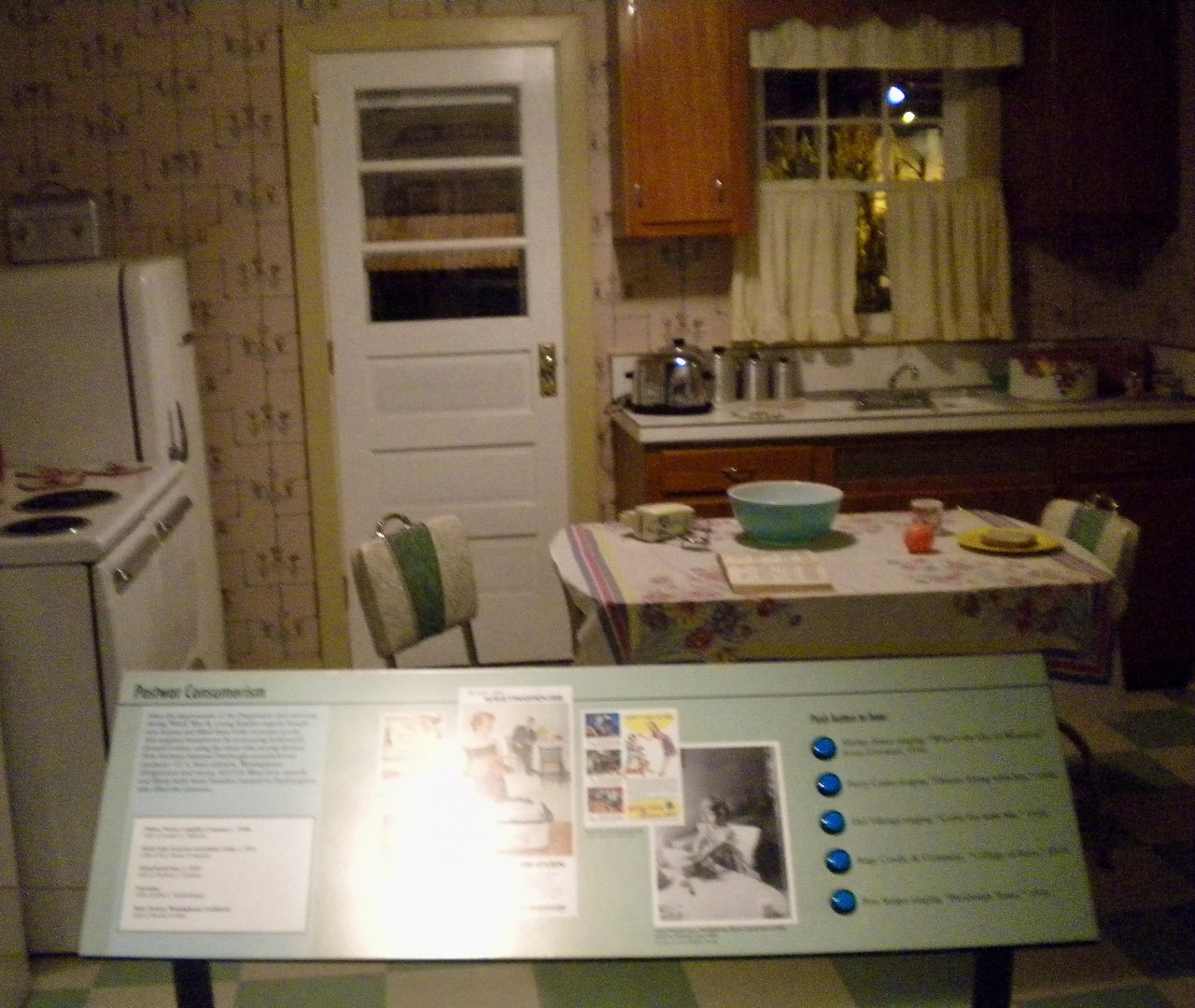
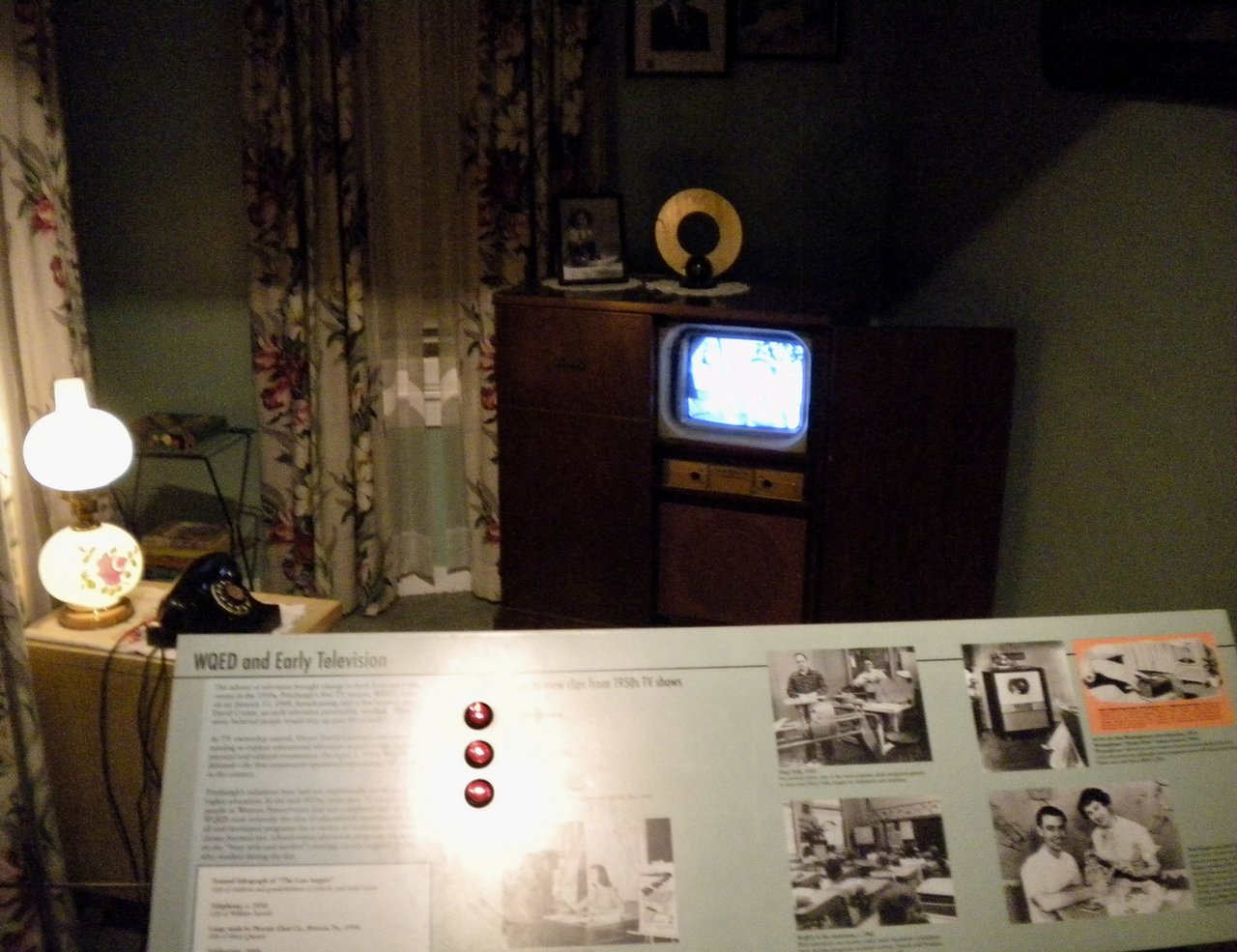
When I reached the fourth floor, I finally found the Mister Rogers television set in all its glory:
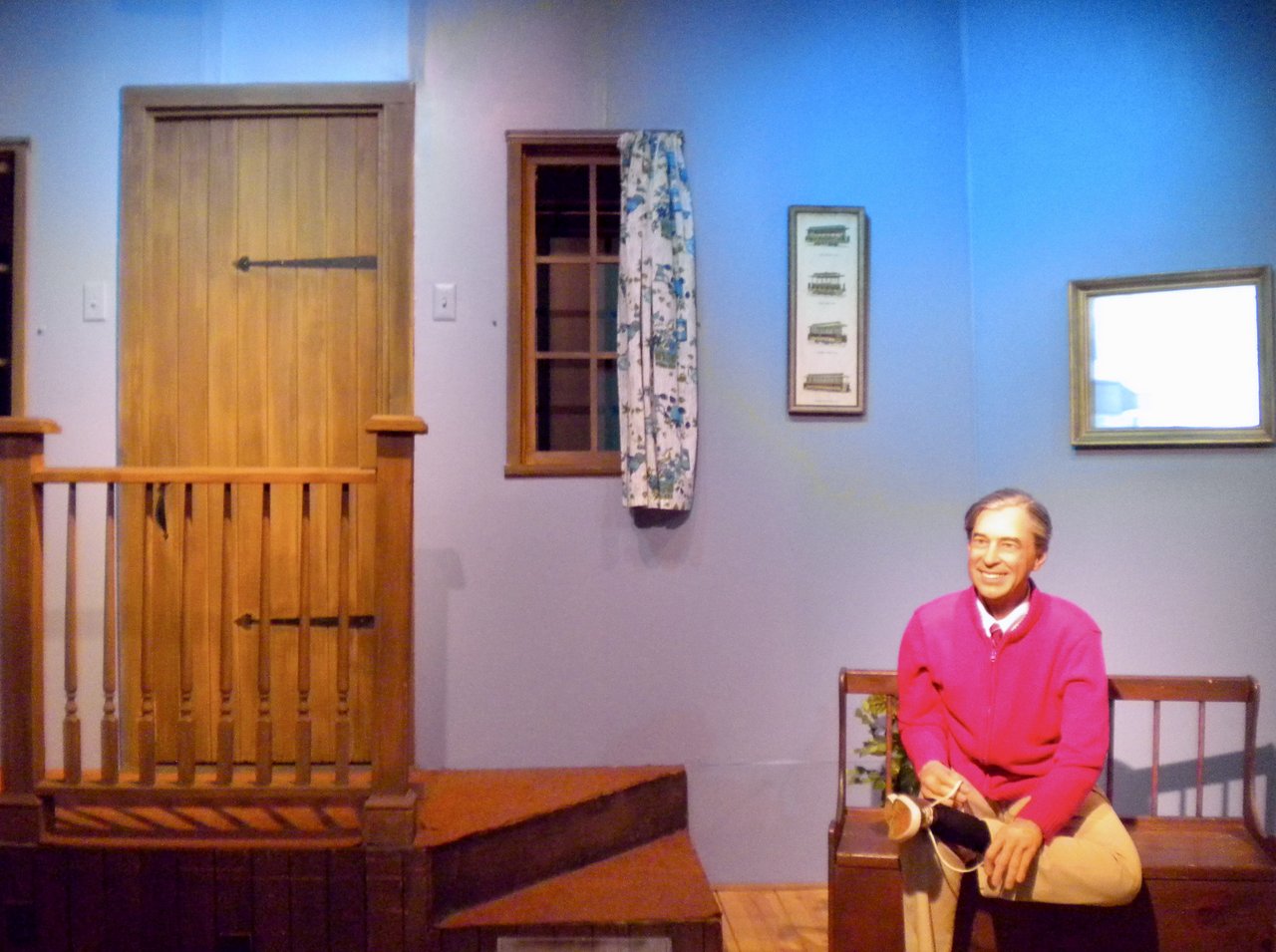
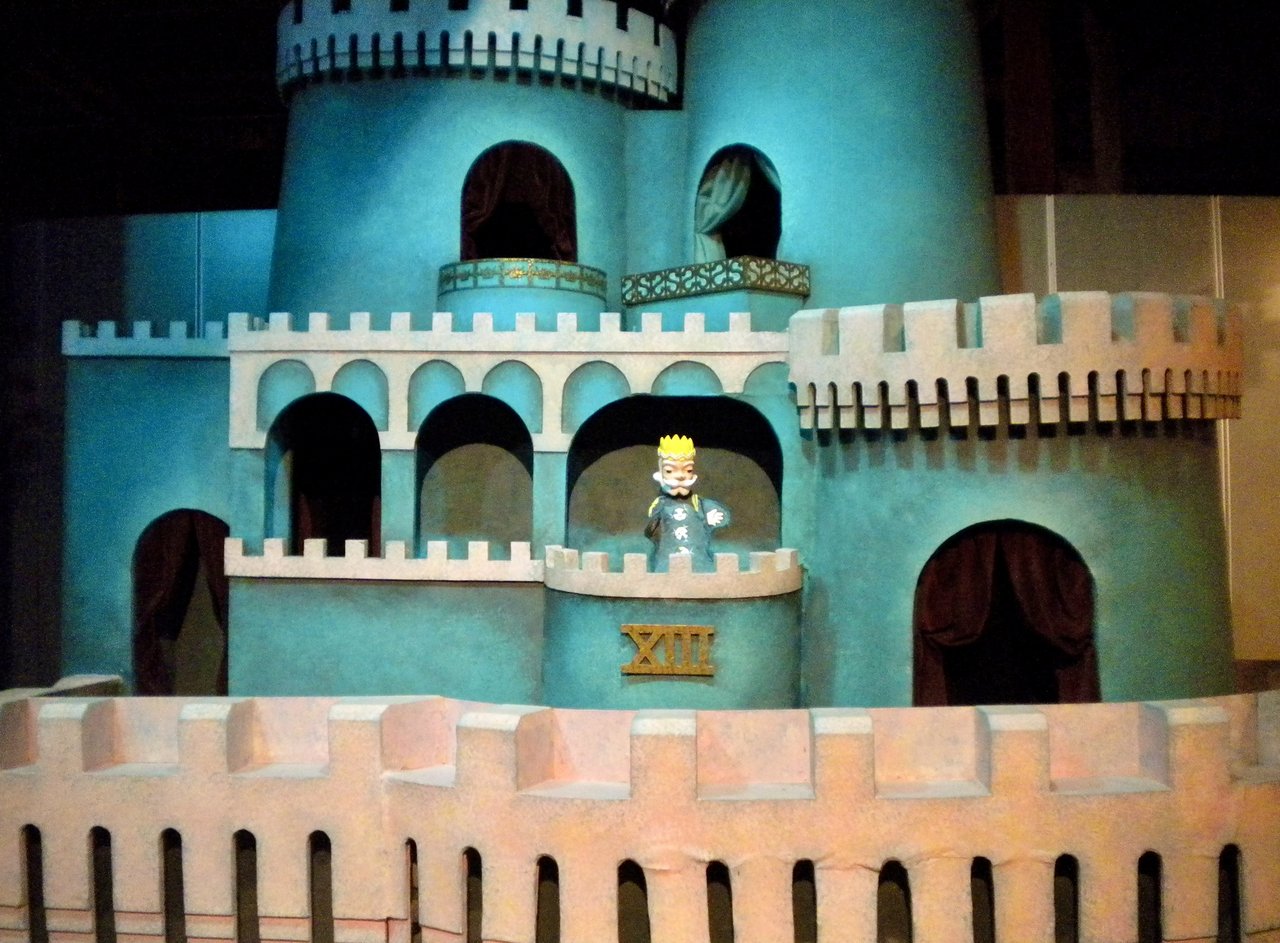
My favorite thing about travel is finding myself immersed in the unexpected. I had no intention of coming to Pittsburgh before I decided that was the path I'd take from Asheville. And out of that one decision, I was thrust into a whole new place and time that I'll always remember fondly. Before last week, Pittsburgh existed only in my imagination. Now I've experienced, bit by bit, its culture, its landscape, and its people. I'm grateful to be a guest here and have met so many wonderful folks along the way.
Now I'm curious where my journey will take me next. I'm planning on visiting my aunt and uncle in Upstate New York on Friday, after which I'll have a few days to kill before my apartment in Montreal is ready for me. Vermont might be calling me, or perhaps I'll drive all the way to Quebec City for a few days before I head settle in Montreal. Travel without a plan is both intensely stressful, as well as immeasurably rewarding. Had I planned my entire trip I probably wouldn't have stopped here at all, and instead booked it all the way up Interstate 95 as fast as I could to Montreal. My meandering has granted the trip a sense of spotanaeity, and to me, that's beautiful.
